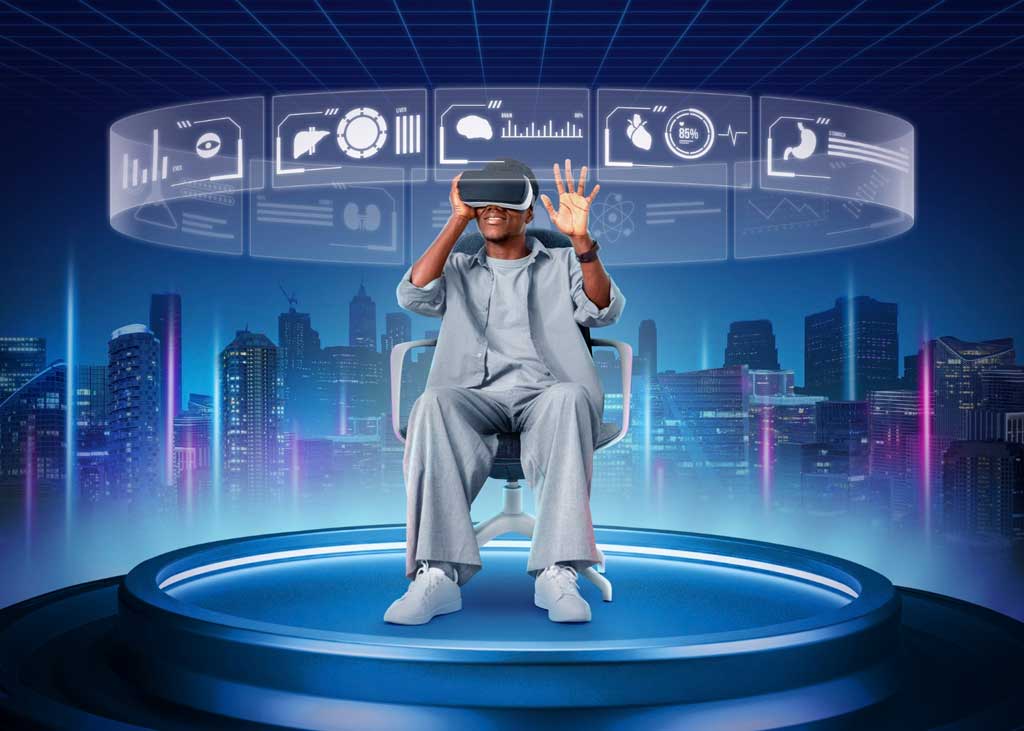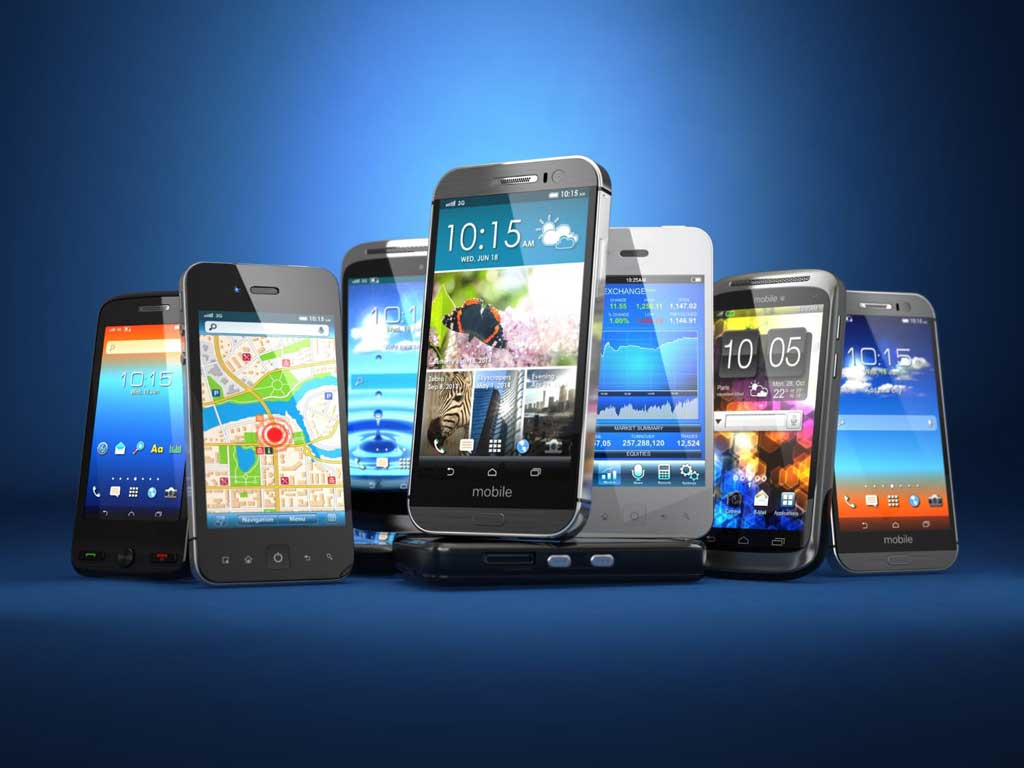Introduction
Augmented reality (AR) and virtual reality (VR) are immersive technologies that have made significant strides in recent years, revolutionizing various industries and redefining how we interact with the digital world. This article aims to provide an accessible and professional explanation of AR and VR, their applications, and how they can reshape our experiences in gaming, education, healthcare, and beyond.
Understanding Augmented and Virtual Reality
Augmented reality (AR) overlays digital information, such as images, animations, or text, onto the user’s view of the real world. This is typically achieved through smartphone cameras, smart glasses, or head-mounted displays (HMDs). In contrast, virtual reality (VR) fully immerses the user in a computer-generated environment, blocking out the physical world. VR experiences usually require a dedicated headset and, in some cases, additional peripherals like hand controllers or haptic devices.
Key Features of Augmented Reality:
- Real-world integration: AR enhances the user’s perception of the real world by adding digital elements that provide additional context, information, or entertainment.
- Interactivity: Users can interact with AR content using gestures, touch inputs, or voice commands, depending on the device and application.
- Device compatibility: AR experiences can be accessed through a wide range of devices, including smartphones, tablets, and dedicated AR headsets.
Key Features of Virtual Reality:
- Immersive environments: VR transports users to fully digital worlds, offering an immersive and interactive experience that can be tailored to suit various purposes.
- 3D audio: Spatial audio technology in VR creates a realistic soundscape that enhances the sense of presence and immersion.
- Motion tracking: VR systems can track users’ head and body movements, allowing them to navigate and interact with the virtual environment in a more natural way.
Potential Applications of AR and VR Technologies:
- Gaming and entertainment: AR and VR have brought new dimensions to gaming and entertainment, offering immersive experiences that blur the lines between the digital and physical worlds.
- Education and training: AR and VR can provide engaging and interactive learning experiences, enhancing knowledge retention and enabling students to practice skills in a safe, controlled environment.
- Healthcare: AR and VR technologies have found applications in medical training, patient rehabilitation, and therapy, improving patient outcomes and reducing healthcare costs.
- Retail and marketing: AR and VR can help businesses showcase their products, create immersive marketing campaigns, and offer virtual shopping experiences to customers.
- Tourism and cultural preservation: AR and VR can be used to create virtual tours of historical sites, museums, or remote destinations, making cultural experiences more accessible to a broader audience.
Challenges and Future Outlook
Despite their potential, AR and VR technologies still face some challenges, including high costs for specialized equipment, motion sickness concerns, and the need for more intuitive user interfaces. However, as research and development continue to drive improvements in hardware, software, and content, AR and VR technologies are expected to become more accessible, affordable, and widely adopted across industries.
Conclusion
Augmented and virtual reality technologies have the potential to reshape our experiences in gaming, education, healthcare, and beyond. By offering immersive and interactive digital experiences, AR and VR can transform the way we learn, work, and play. As these technologies continue to evolve, they will likely become more integrated into our everyday lives, enriching our interactions with the world around us and opening up new possibilities for exploration and discovery.











